HPCL Electrical Engineer Mock Test - 2 - PSSSB Clerk MCQ
30 Questions MCQ Test - HPCL Electrical Engineer Mock Test - 2
The sum of all the three digit numbers that can be formed using the digits a, b and c without repetition is a multiple of:
Find the single discount equivalent to three successive discounts of 40%, 20% and 10%.
The profit percent earned by selling a centre table for Rs.13440 is equal to the loss percent made by selling the same centre table for Rs.10560. At what price should the article be sold to make 20% profit?
If + means, -, × means /, - means + and / means ×, then find out the answer of the following question :
(48 × 6)/4
R and S are a married couple. A and V are brothers. S is the only sister of V. V is married to U and X is the only son of V. How is S related to X?
Fill in the blank with the appropriate form of the Verb that agrees with the Subject.
Each one of the workers _______ a raise in salary from the coming month.
Select the most appropriate option that can substitute the underlined words in the given sentence.
The new restaurant is more better than the old one.
Choose the correct phrase from the given option and make a conditional sentence.
If she _________ her homework, she would have gotten a better grade.
In a certain code language, 'no more food' is written as 'ta ka da' and 'more than that' is written as 'sa pa ka'. How is 'that' written in that code language?
Study the given pie chart and answer the following question.
Total income for 4 years is Rs. 75,00,000.
What is the total income from year 2 to year 3?
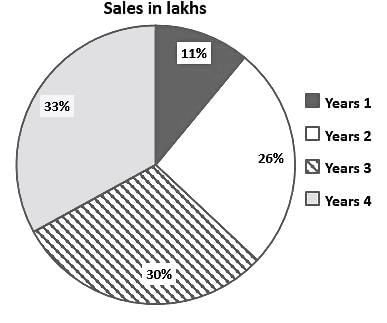
In this question, three statements are given, followed by two conclusions numbered I and II. Assuming the statements to be true, even if they seem to be at variance with commonly known facts, decide which of the conclusion(s) logically follows/follow from the statements.
Statements:
All cricketers are wealthy.
Some wealthy are Indians.
All Indians are honest.
Conclusions:
I. All Indians are cricketers.
II. Some cricketers are honest.
Study the given information carefully and answer the question that follows.
Five People A, B, C, D and E are sitting in a row facing south but not necessarily in the same order. A and B are sitting together. C is sitting immediate left of A. D sits second to the right of A. C sits in the extreme left end of the row.
Which of the following sequence is true?
Read the given statements and conclusions carefully. Decide which of the given conclusions logically follows from the statements.
Statement: “It is difficult to form true selfless friendship with women after their marriage because they always give priority to their family over their friends.” – A woman complains to her husband.
Conclusion:
I. Families should be given priority by the elders to maintain good relations within the family.
II. Friendship with a married person is not possible.
The following figure shows zero sequence equivalent circuits of
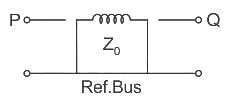
With reference to TRIAC which of the following statement is WRONG?
In a balanced Y – Y circuit, the Van = Vp∠0, Vbn = Vp∠-120, Vcn = Vp∠+120. The line voltages are
The resonant frequency of the series RLC circuit shown below is:

If the current through a moving iron instrument is increased by 20%, what is the percentage increase in the deflection torque?
In the circuit shown in the figure, the switch is on position 1 long enough to establish steady-state and switched to position 2 at t = 0. The current I for t ≥ 0 is



 ×
×  ×
× 








 = Rs. 43.2
= Rs. 43.2 × 100% = 56.8%
× 100% = 56.8%
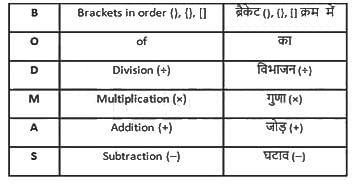

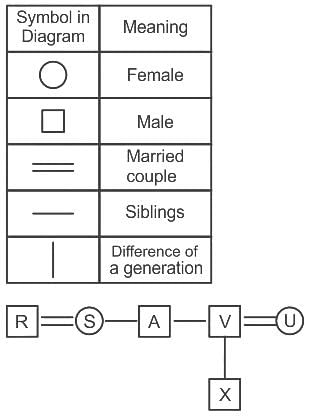


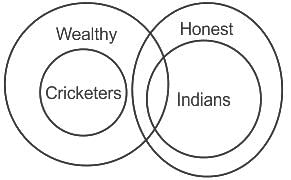



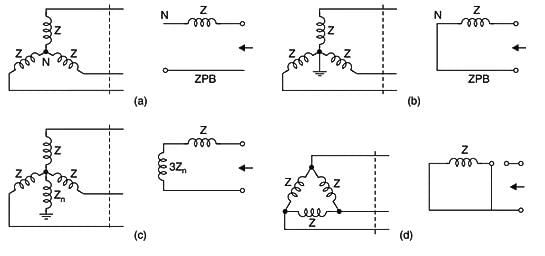
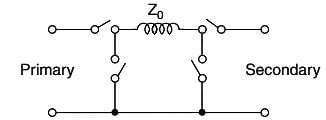

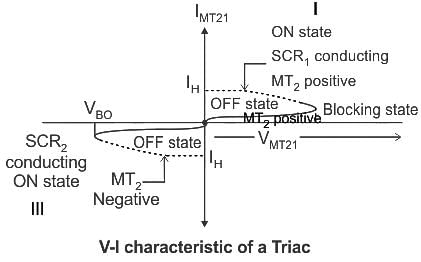
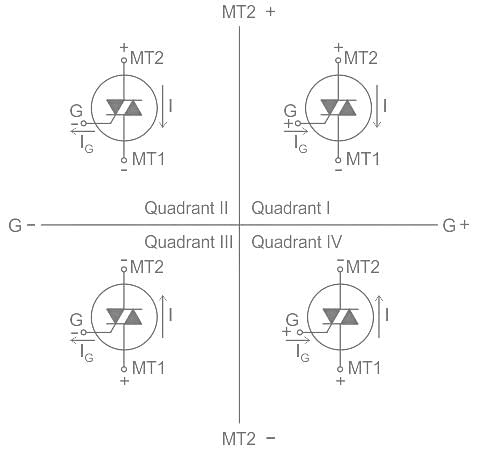




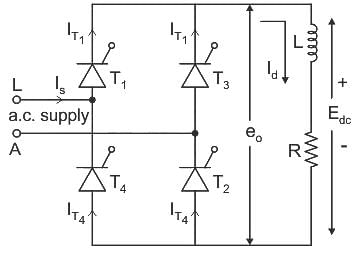
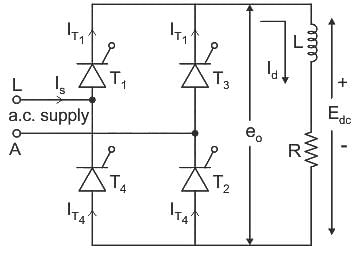

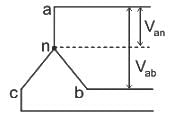
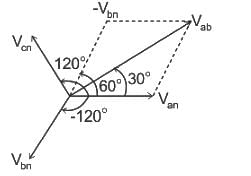

 ,
,  ,
, 
 rad/sec.
rad/sec. = 1 / √(4×4) = 1/4 = 0.25 rad/sec
= 1 / √(4×4) = 1/4 = 0.25 rad/sec





















